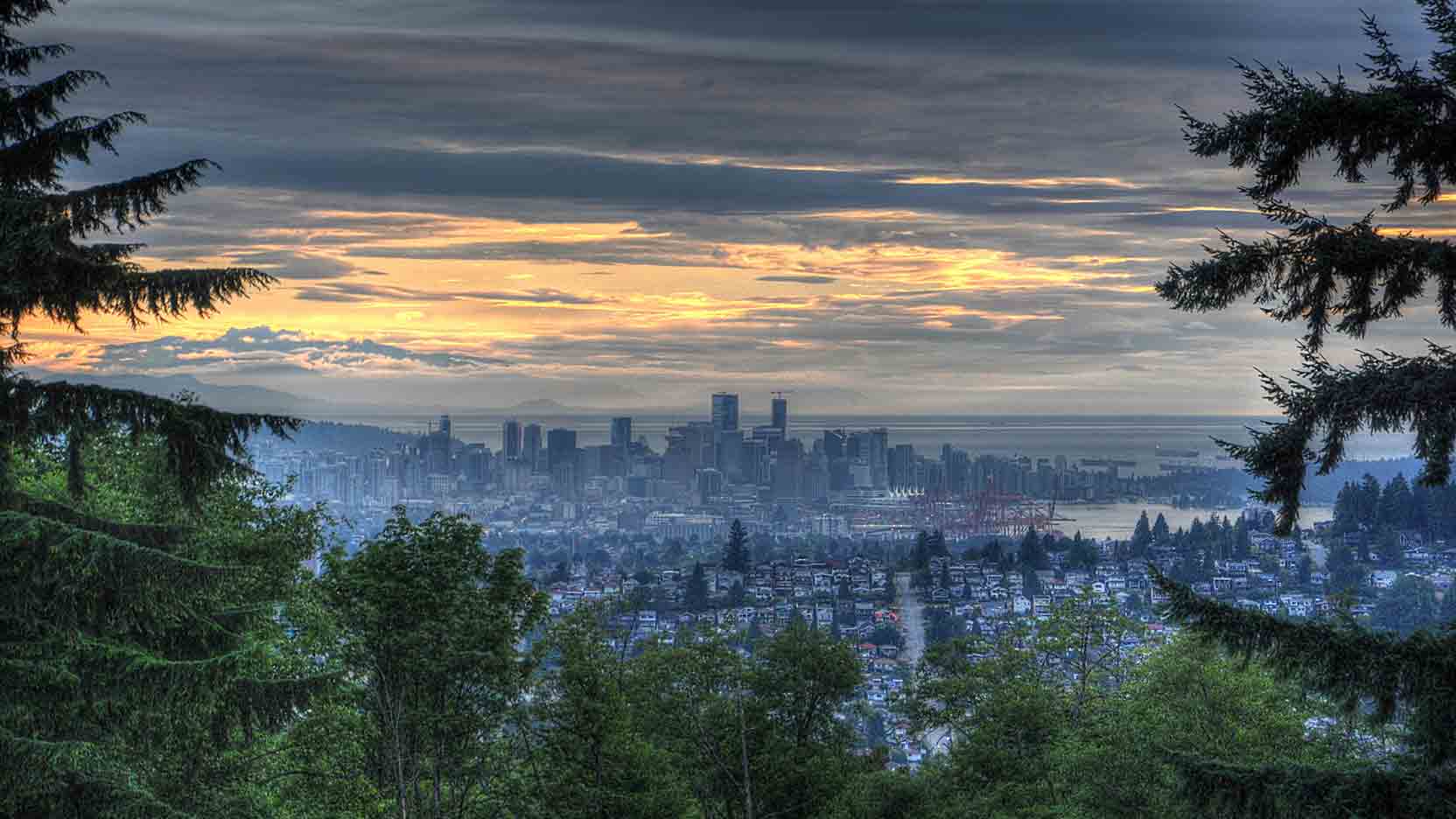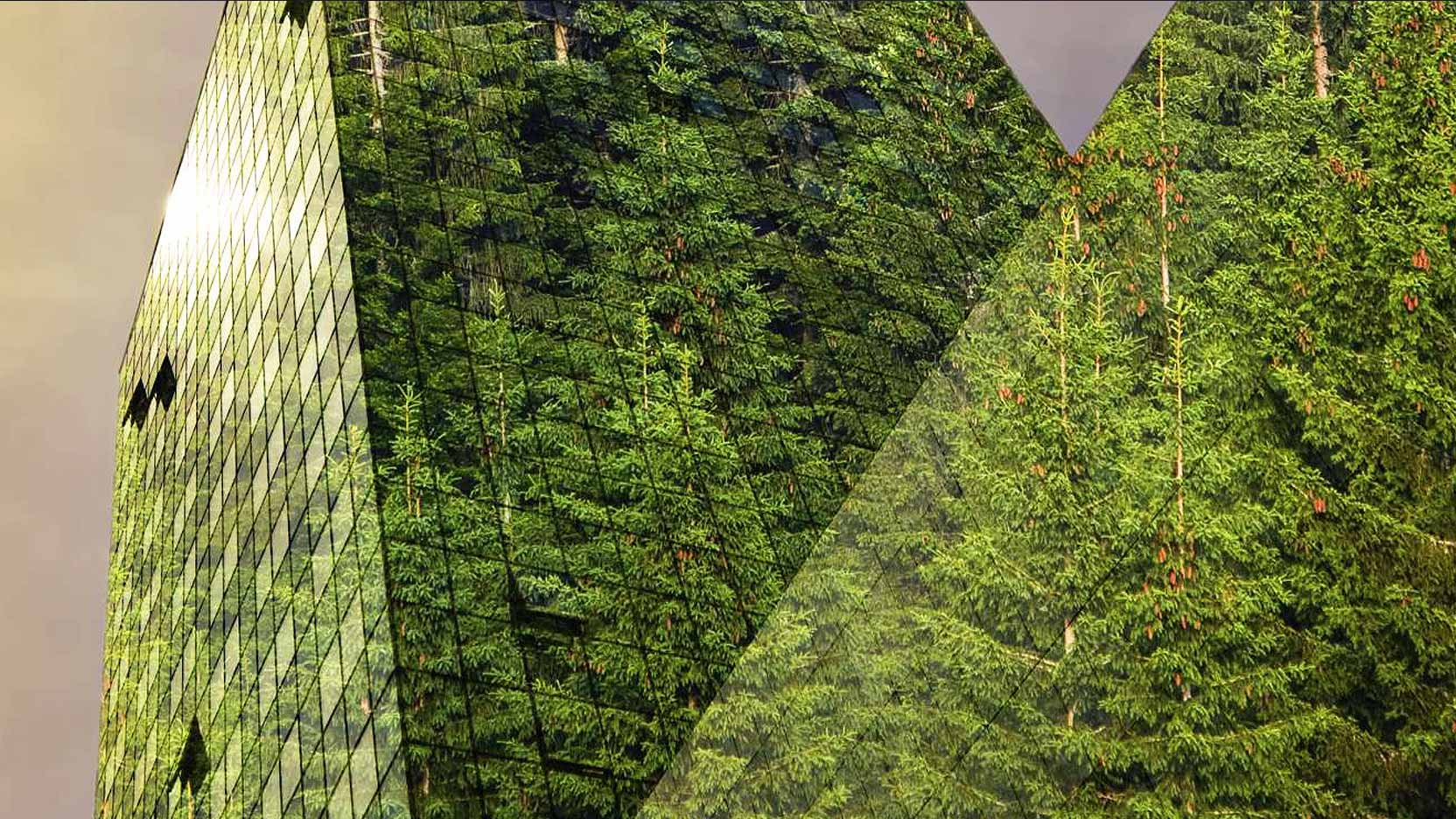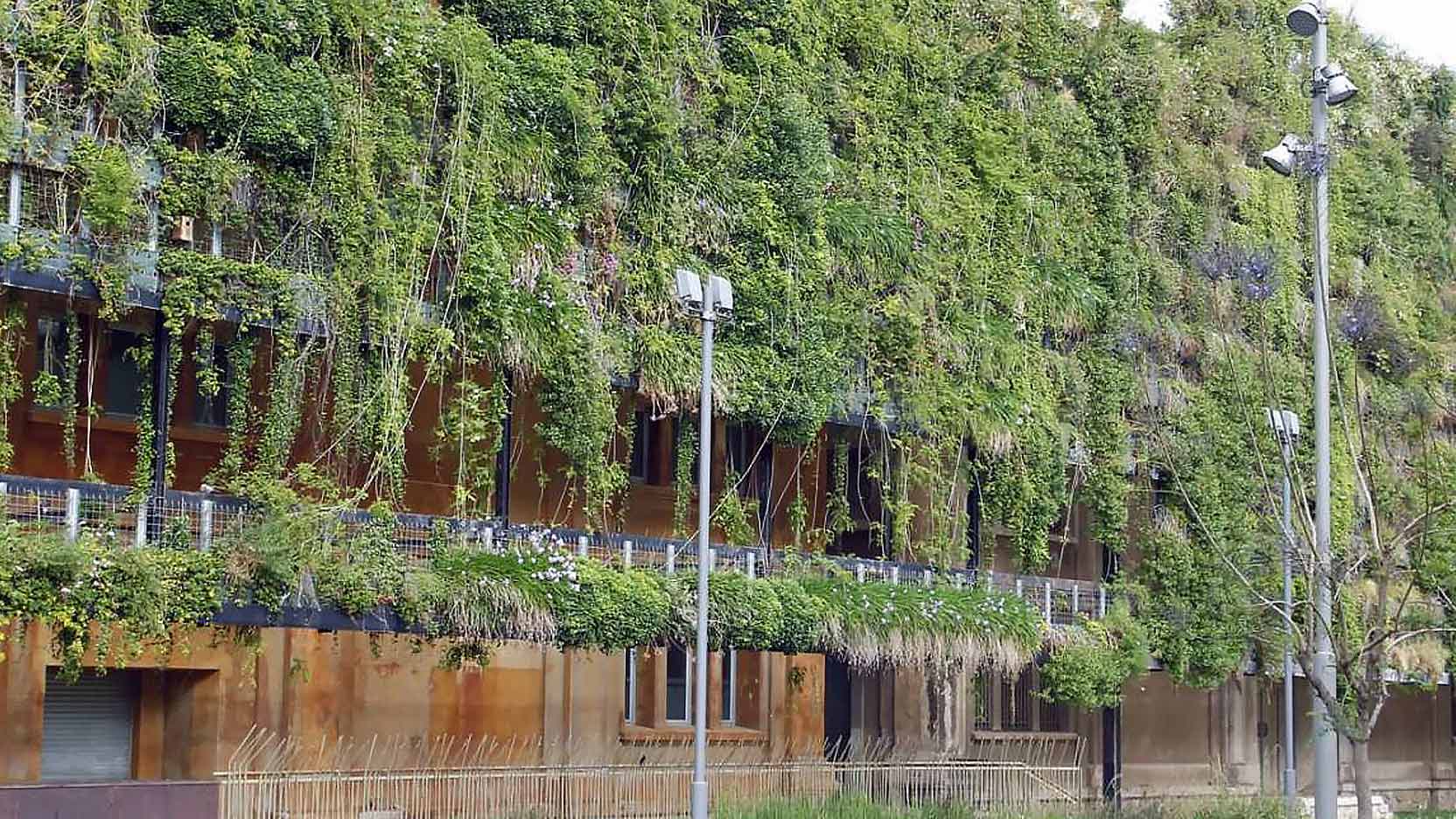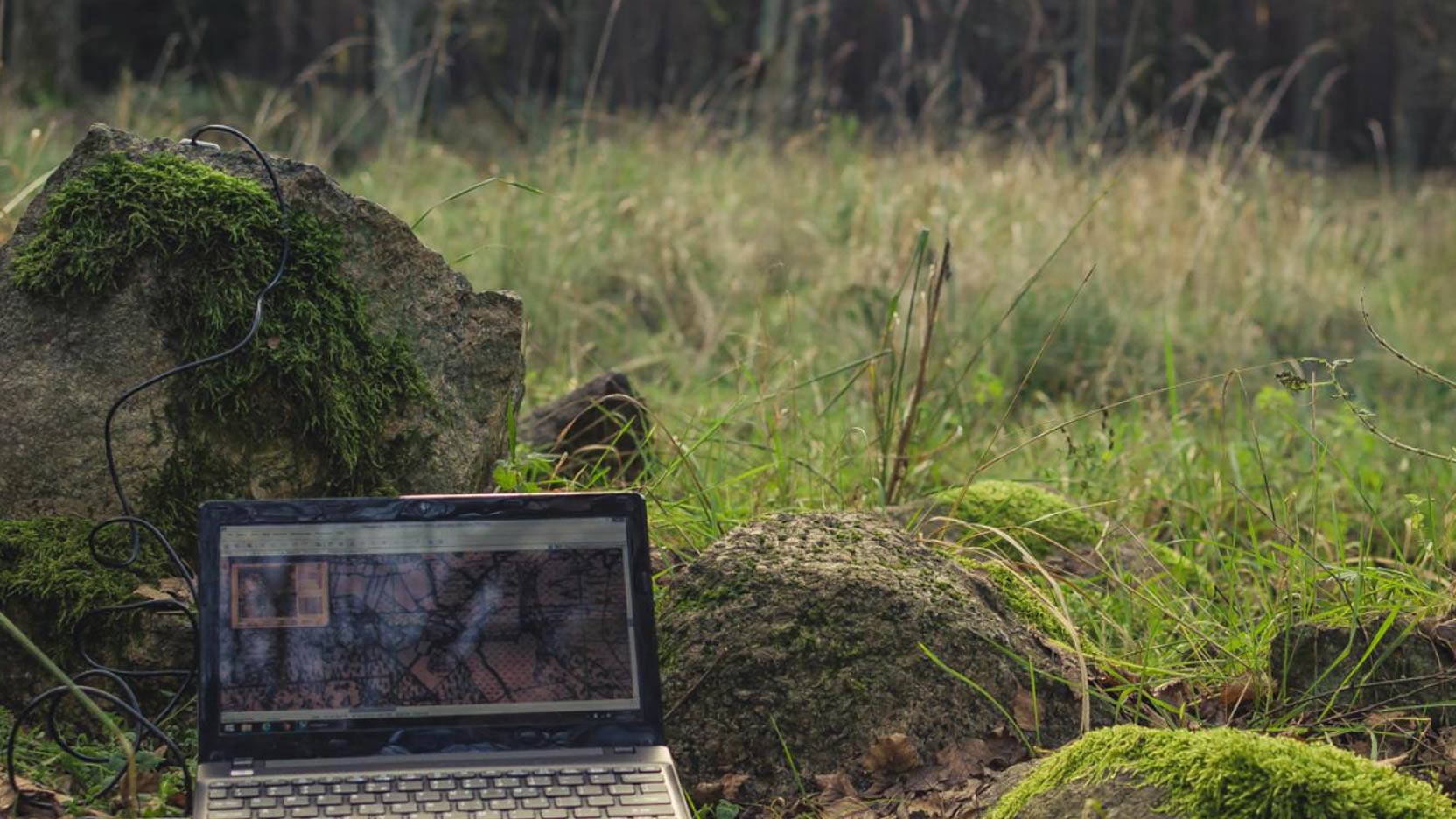The sustainable city is a major challenge in developed societies. It combines local objectives (quality of life, proximity, mobility) and global ones (climate, biodiversity, carbon footprint). Whether they are the most advanced cities or forerunners of tomorrow’s sustainable urban developments, here are the world’s 7 6 most sustainable cities.
Reykjavik (Iceland)
Our first stop is Reykjavic, where less than 1% of the energy used comes from fossil fuel. This feat was made possible by massive recourse to hydroelectric and geothermal energy. In 2015, 90% of all homes were heated by the island’s volcanic activity, as were many hothouses and swimming pools. This figure justifies Iceland’s confidence in achieving the goal of becoming the first country in the world that is completely independent of polluting fossil fuel resources by 2050.
Greensburg (United States)
“Today the wind that nearly destroyed us is what keeps the town’s lights on.” This how Bob Dixson, the mayor this small Kansas town, sums up a spectacular transformation. After being destroyed by a tornado in 2007, Greensburg decided to become the first U.S. city powered entirely by renewable energy. Wind energy plays a dominant role in this energy mix, given that the town’s 10 wind turbines will produce 3 times more electricity than what the inhabitants use. Moreover, public buildings with an area of more than 370 square metres must meet the standards of LEED Platinum, the highest American energy efficiency certification.
Copenhague (Denmark)
Winner of the 2014 European Green Capital Award, the bicycle capital is renowned for its many sustainable practices. In the city possessing one of the largest networks of bicycle lanes in the world, ecodistricts are proliferating and rainwater harvesting is becoming widespread. The city is also conducting a campaign to find energy-efficient solutions for heating buildings. To go even further, Copenhagen is rolling out a carbon-neutral urban heating system that replaces coal with biomass.
Fribourg-en-Brigsau (Germany)
Nicknamed the “Solar City”, Freiburg is a model sustainable city. At the heart of this urban ecology is the intense development of renewable energy. Biomass, solar energy, wind energy and hydroelectricity have become the city’s preferred energy sources for powering houses and buildings. And to achieve a successful energy transition, Freiburg also fosters energy-efficient solutions by offering subsidies that provide incentives to optimize the thermal insulation of buildings.
Vancouver (Canada)
Well-known for its high quality of life, Vancouver also wants to become a benchmark for its ecological inclination. To this end, it has the carbon footprint of its buildings in its line of sight. The city has set a target of reducing the energy consumption of existing buildings by 20%, and requiring that all new buildings must be carbon-neutral. Vancouver’s ambition is to become the world’s greenest city by 2020.
Amsterdam (The Netherlands)
Our Dutch neighbours are our last, but by no means least, stop. To anticipate population growth, Amsterdam has outlined a 6-prong master plan for sustainability:
- densify the city
- transform existing communities
- improve transportation networks
- foster quality of life
- invest in green spaces
- convert to renewable energy
One of the flagship measures of the programme is the Smart Work Centre. These shared work spaces located near residential areas provide workers with an alternative to commuting into the city, thereby reducing traffic jams and lowering CO2 emissions.
By WordAppeal



